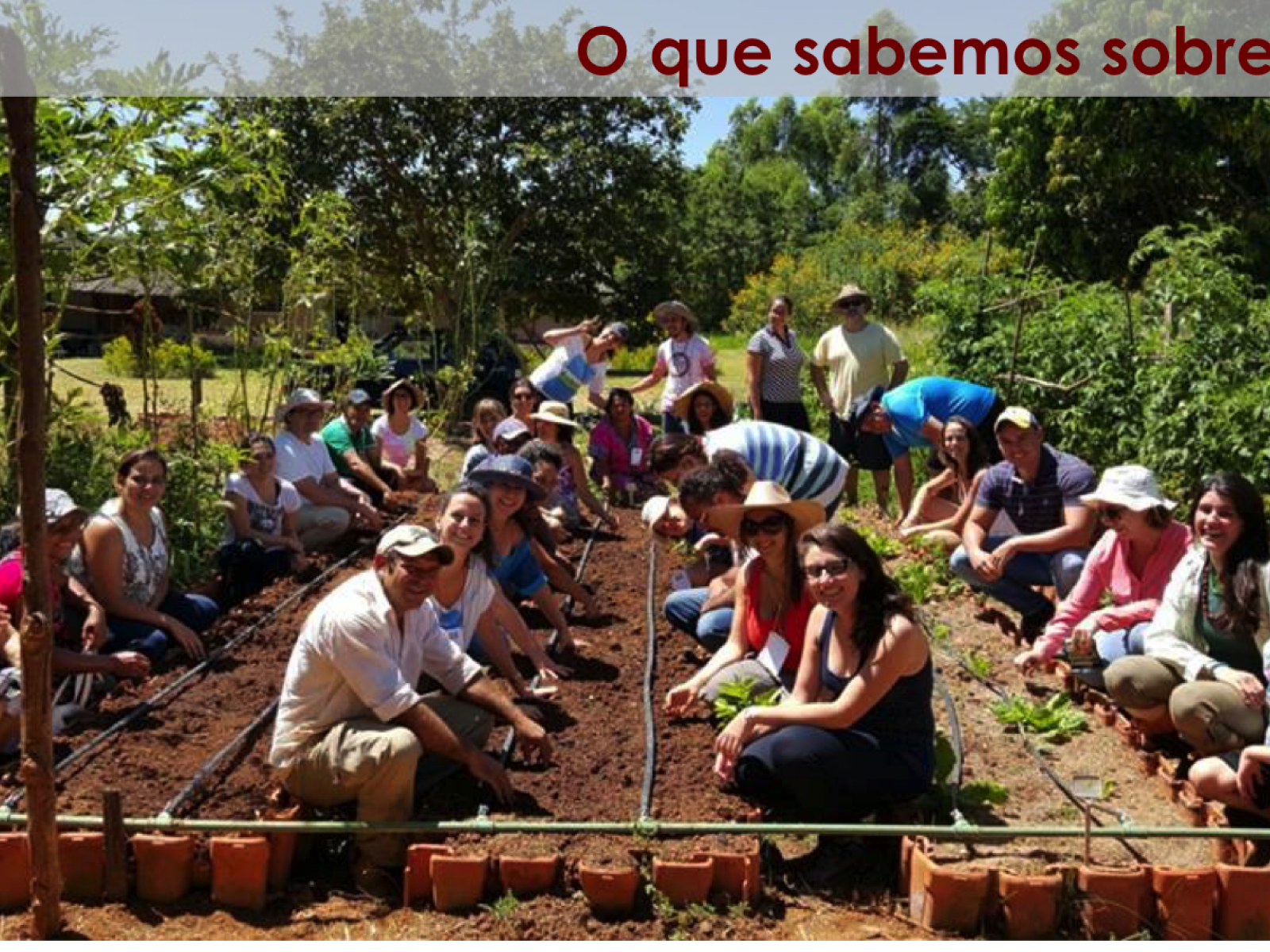An Overview Of Our Solution
- Population Impacted:
- Continent: South America
Organization type
Population impacted
Size of agricultural area
Production quantity
People employed
Describe your solution
Describe your implementation
External connections
What is the environmental or ecological challenge you are targeting with your solution?
Describe the context in which you are operating
We are operating in different areas of Cerrado in Brazil, which is the most impacted biome in the country by agrobusiness. It is also the hot spot of biodiversity programms supported by many international organizations and the govern of Brazil. Communities supported agriculture, however, can be applied in any place of the world. Its only necessary to have farmers and consumers connected and follow the principles to create relationships of trust.
How did you impact natural resource use and greenhouse gas emissions?
Language(s)
Social/Community
Water
Food Security/Nutrition
Economic/Sustainable Development
Climate
Sustainability
The solution is sustainable by it self. The main purpose is to connect farms and co-farmers to solve their own necessities of financing and producing food. To implement one CSA many volunteers (farmers and co-farmers) invest their time and this the initial income necessary to start a movement. Afterward, the CSAs help new CSA to born in a abundant flow of abundance. However, to help a new CSA in a new region, it would be helpful to invest in gather farmers and consumers in workshops to share the concepts and examples from CSA with more experience.
Return on investment
Entrant Image

